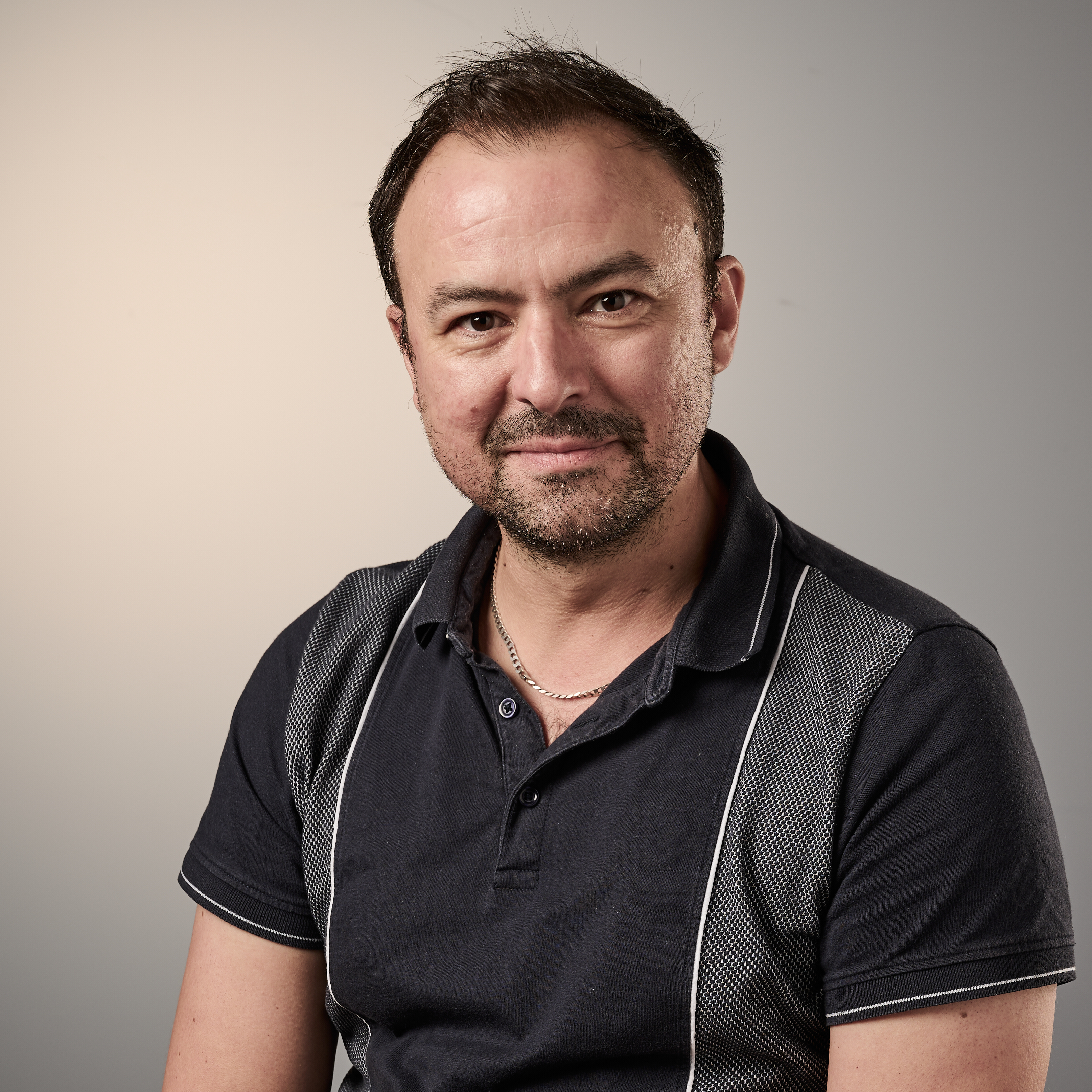How are older riders trying to keep up with Gen Z at the Tour de France?
The Tour de France is skewing younger than ever, but can the peloton's elder statesmen still cut it at the sharp end?

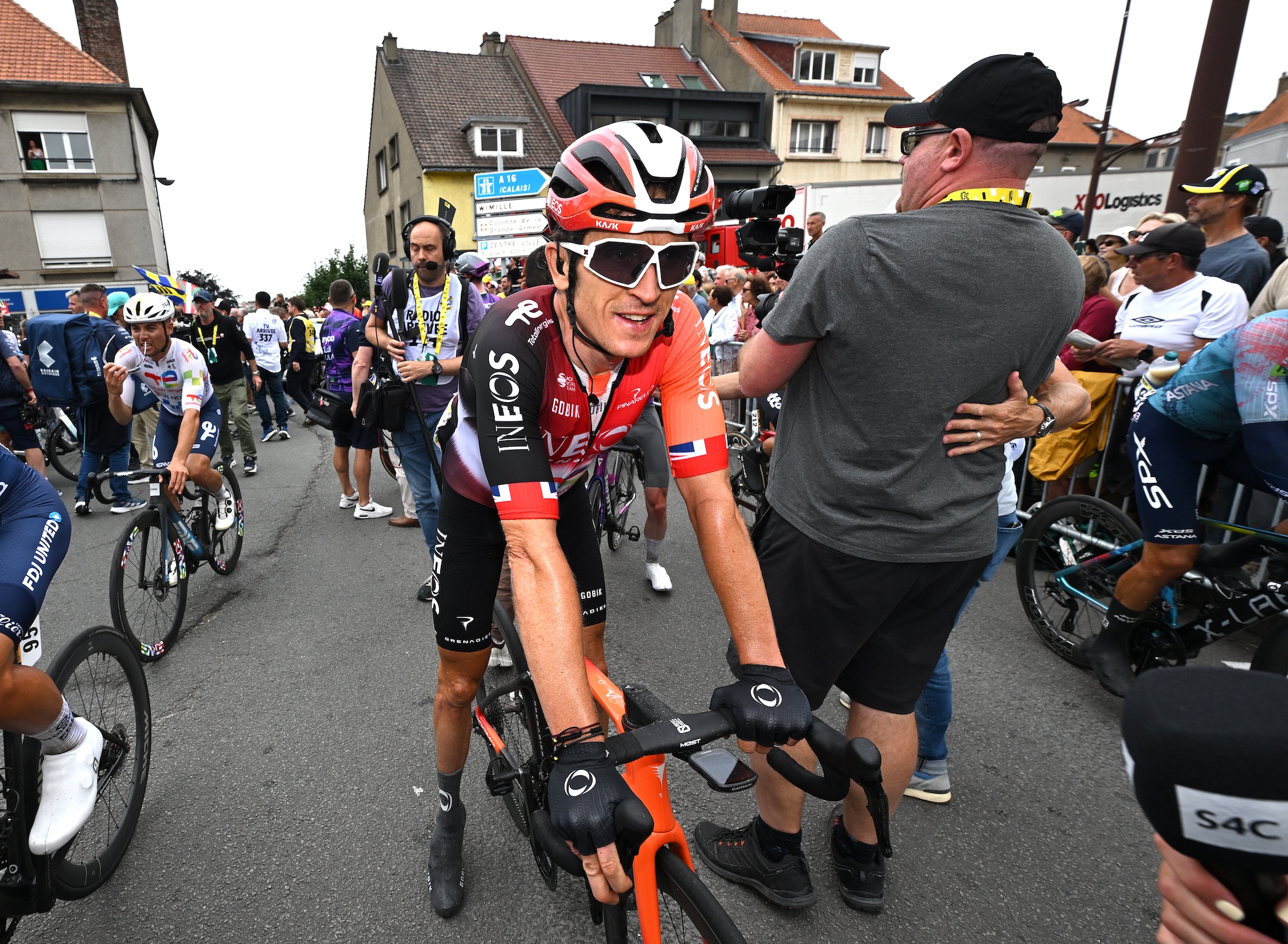
This will be Geraint Thomas's final Tour de France. The 2018 champion turned 39 on 25 May, and plans to retire at the end of the season, closing out a remarkable two-decade career. He aims to bow out while still riding well, which may well be determined by how he performs at the Tour.
Going by the provisional start-list at the time of writing, the Welshman will be the oldest rider in the race 39 years, 41 days when it gets under way in Lille on 5 July. A former winner he may be, but this time around he'll be riding in support of 24-year-old Ineos leader Carlos Rodriguez. Whereas Thomas was born in the late-1980s, Rodríguez didn't say hola to the world until 2001. Ineos's veteran rider won't be the only member of the 'old guard' this year. Canada's Mike Woods isn't far behind him at 38 years, 266 days - and he isn't planning to retire this year.
Only one other rider on the start-list will have passed his 37th birthday: Jayco-Alula's Luka Mezgec, and only just - he turned 37 on 27 June. The Tour skews towards younger riders more than ever before.
It wasn't always thus. If 39 seems a touch too old to be pushing limits around France for three weeks, consider this: Thomas is far from the oldest rider to complete the Tour. In the second edition of the race, in 1904, Frenchman Henri Paret finished 11th at the age of 50.
Rather more recently, Alejandro Valverde finished the Tour aged 41 in 2022, while Matteo Tosatto was 42 when he completed the race in 2016. The oldest modern-era finisher remains Jens Voigt, who was two months shy of 43 when he crossed the finish line on the Champs-Élysées in 2014.
The old boys' club has been part of the make-up of the Tour de France for as long as the race has existed, although that might be set to change. In the current era, with riders springing onto the pro scene from the junior ranks apparently fully formed, you might expect it to be getting ever harder for older riders to remain competitive.
We're seeing race-winning performances at ever younger ages: think Tadej Pogačar taking his first big wins in 2020 aged 21, or Josh Tarling's stage win at the 2023 Renewi Tour, equalling Remco Evenepoel's record for youngest World Tour race win at just 19 years and 190 days. Can riders in their mid to late 30s continue to compete?
The latest race content, interviews, features, reviews and expert buying guides, direct to your inbox!
We put in a call to the Tour's second-oldest finisher of the modern era, Matteo Tosatto, to ask about the prospects for older riders in a sport ever more dominated by young upstarts. "It's a different sport now," he agreed.
"The riders arrive at 20 years old, ready for the biggest races. But once they get to 30, 31 years, that will be their last year. It's a totally different approach now ." Interestingly, Tosatto revealed that he did not find age a major barrier to riding the Tour, and continued to find greater form in the second half of the race - just as he had as a younger rider. However, he did adapt his training as he grew older. "Especially in the first part of the season, I focused more on power," Tosatto said.
"The longer training was not a problem, but I did focus more on sprints, shorter efforts. After 36, 37 you start to lose power on the bike - that's normal. My coach and I were super focused on sprints and climbs, so we scheduled more efforts and increased the intensity."
Old guys win through
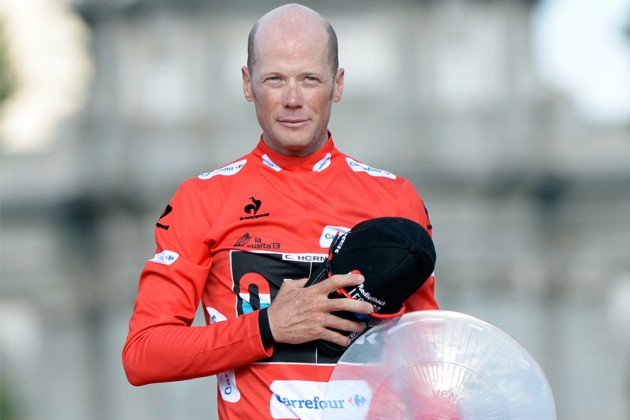
World Tour riders in their late-30s are usually close to kicking back with pipe and slippers - or at least joining the squad's management team - but some riders have achieved big wins in their later years. US rider Chris Horner is the stand-out example. He was only six weeks away from his 42nd birthday when he won the Vuelta a España in 2013. There was - and remains - a healthy amount of scepticism about his ride, which in terms of age still stands head and shoulders above all other men's Grand Tour victories. In response to the doubters, Horner released 39 biological passport results and said, "People can believe it or not," adding: "I really only feel my age when I first wake up in the morning.
But once the race starts, I feel like I'm still 25 ." He also claimed: "The difference isn't in the legs, it's in the head. That's why I win bike races ." The American remains far and away the oldest rider to have won a Grand Tour. The next oldest, Firmin Lambot, who won the Tour in 1922, was more than five years younger, at 36 years, 131 days. No other rider aged 35 or over has won a three-week race. Lambot is the Tour's oldest victor. The second oldest, Henri Pélissier, won when he was 34 years, 181 days. Moving into the modern age, Cadel Evans sits in third place: he was 34 years, 160 days when he won in 2011. So don't write off the old guys in modern three-week racing, but don't go betting the house on them either
There are 18 riders aged 36 or over in the WorldTour this year, which is only about 3% of the total (in the women's World Tour, it's roughly double that percentage, with 12 riders), but with no clear downward trend over the past decade. Getting older doesn't necessarily mean getting slower, then, at least not until well into the 40s. After all, modern training, nutrition and lifestyle strategies benefit oldsters as much if not more than they do youngsters.
But there are certain unavoidable downsides that come with getting older, and they start as early as the mid-20s. "After the age of 25, your VO2 max does start to deteriorate," said coach Andy Turner (ATP Performance) referring to the slow but steady decline in aerobic capacity that older riders must contend with. "There is also a decline in total muscle mass, and cycling being a weight-limited endurance sport, maintaining muscle can be difficult," Turner continued.
"Though older riders retain the endurance capacity, they just don't have that explosive element, and that's due to the reduction in VO2 max as well as the reduction in total muscle mass ." It's a natural physiological trade-off: staying power remains, but the ability to repeat short, intense efforts fades. "When young guns unleash explosive attacking efforts, older riders have to claw their way back on."
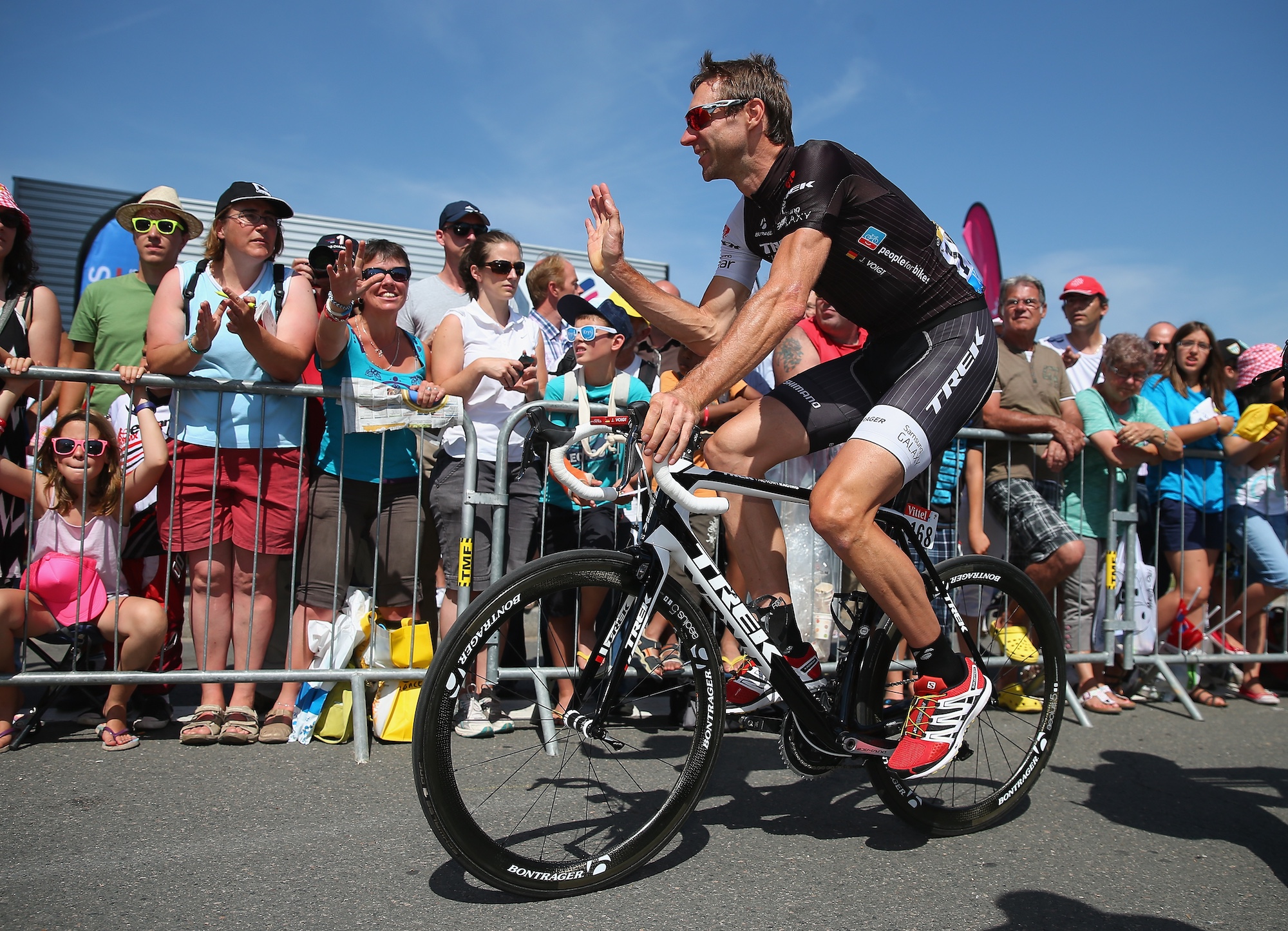
The decline in VO2 max and muscle mass can be slowed through consistent training, and Turner pointed out that Mike Woods might just have a secret weapon. "He comes from a running background, and whereas cycling muscle recruitment is fully concentric - all the forces are developed by pushing - running has a lot of eccentric forces, where force is applied as your muscles are lengthening.
That improves muscular and tendon strength and durability. It's great for injury prevention and bone mineral density ." Running might have slowed down Woods's ageing? "For his age, he'll probably have better muscular and bone health than many other pro cyclists," Turner added. "That might be why he's a bit more of a punchy rider for his age. I think it's noticeable ."
Woods certainly seems to have greater potential than Thomas to take a stage win in this year's Tour. Over recent years, the Welshman has shown a steadier, less punchy style, whereas Woods won a Vuelta summit stage only last year - and the Canadian National Road Championships. He's still a winning rider.
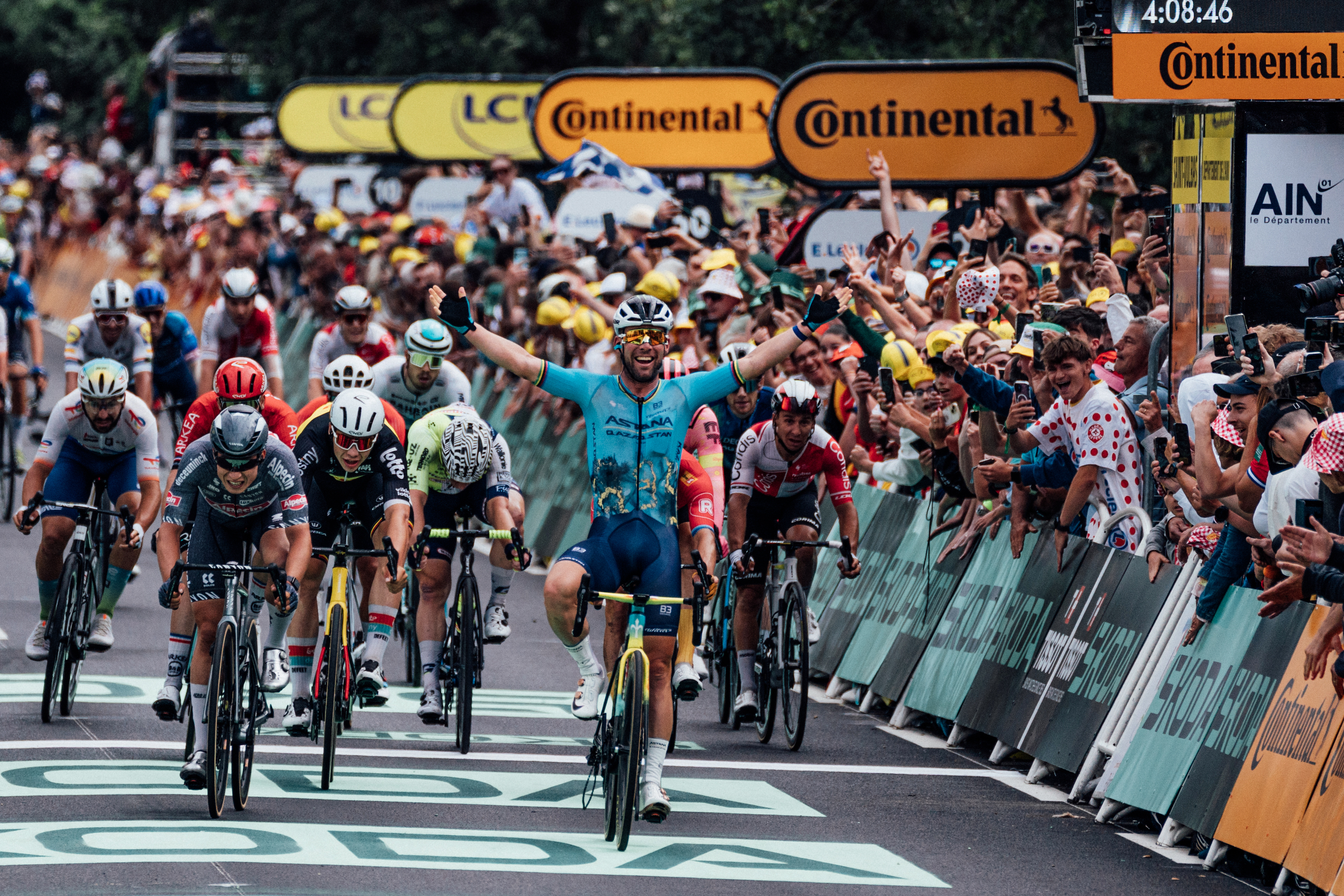
Mark Cavendish took a record setting 35th stage win at the age of 39
While pure aerobic fitness might be maintainable with a lot of work, one thing that is far harder to retain is the fast-twitch muscle needed for short, sharp efforts. It tails off with age in favour of the slow-twitch fibres that underpin steady-state efforts such as time trials or going through-and-off in the break.
If a stage comes down to a sprint or explosive uphill effort, older riders will always struggle to scoop the win. The fastest finisher is likely to have been born after 1995. One rider born a decade earlier who managed to defy the fast-twitch law is Mark Cavendish. He sprinted to a record 35th stage victory last year at Saint Vulbas at the age of 39. It did not stop him from declaring three months later that he felt "old and broken". "It takes me a while to get going," he said in an interview with Men's Health.
"These days, I'm like a diesel engine - which I never was before ." Simply getting fit had become a major challenge, he added. "You can't take longer than a week off at this stage of your career because it takes so long to get it back."
Succeeding as an older rider isn't all about fighting off the physical decline. There is a huge mental element too. The same pressures that Tosatto predicts will lead to today's youngest stars retiring by age 30 take their toll on older riders too - especially once they have families of their own to worry about.
Mark Cavendish, Geraint Thomas - plus recently retired Luke Rowe and Romain Bardet - they all have one thing in common. At the top of their reasons for retiring is spending more time with family. "Physically everyone can race on," Thomas said in 2023. "It's if you lose the love for it, or if the pull of your family is greater, you stop...
One of the biggest reasons to end my career is because I want to spend more time at home with my family. We want to send my son to school in Wales, and that counts."
OLDEST AND YOUNGEST RIDERS IN THIS YEAR'S TOUR
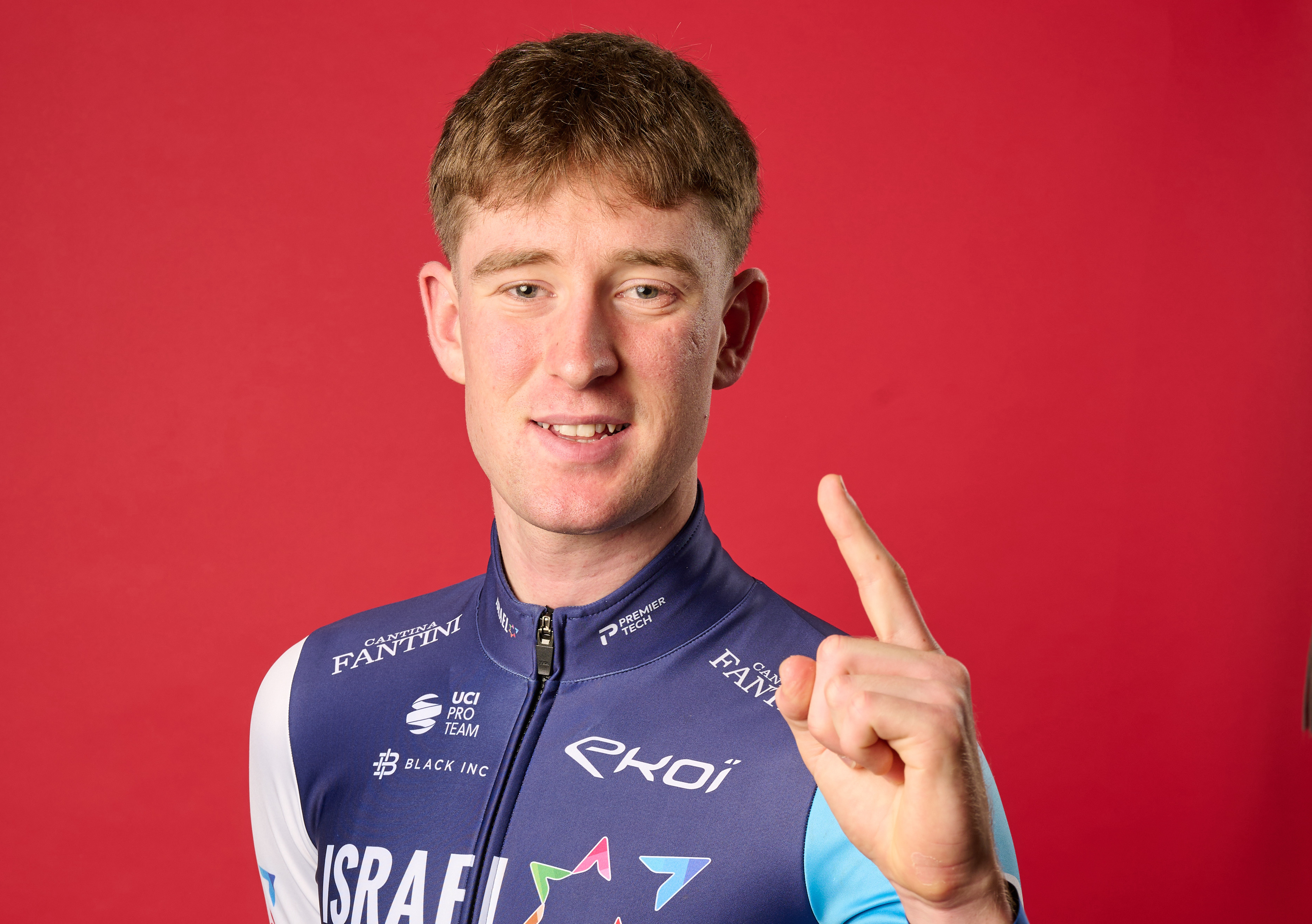
Youngest
- Ivan Romeo (Movistar) 21 years, 323 days
- Lenny Martinez (Bahrain Victorious) 21 years, 359 days
- Stian Fredheim (Uno-X Mobility) 22 years, 104 days
- Joe Blackmore (IPT) 22 years, 132 days
- Romain Grégoire (Groupama-FDJ) 22 years, 165 days
Oldest
- Geraint Thomas (Ineos Grenadiers) 39 years, 41 days
- Mike Woods (IPT) 38 years, 266 days
- Luka Mezgec (Jayco) 37 years, 8 days
- Ion Izagirre (Cofidis) 36 years, 151 days
- Nelson Oliveira (Movistar) 36 years, 121 days
Tosatto too described the necessary months away from the family as "a really big challenge", but he also pointed out a less obvious advantage for older riders: they have seen it all before and learnt how to stay calm. "It's a stronger mentality," he said. "If you're in the gruppetto, you don't panic. If you arrive at the finish ultra-tired, you don't panic. The head is such an important factor ."
This is why it's usually an older rider who is appointed road captain - a role Geraint Thomas is likely to take on at this year's Tour de France. An old head takes strategic decisions unclouded by panic and informed by a dozen or more years in the peloton. Are riders like Thomas and Woods a dying breed?
That remains to be seen. The number of riders thriving into their mid-30s and beyond may well begin to dwindle but the sport has always found space for an old guard - those who bring not just experience but resilience, racecraft and perspective. They might be affectionately dubbed "gramps" by the new generation, but they're often the ones calling the shots. And every now and then, with timing and tenacity, they still take the win
After cutting his teeth on local and national newspapers, James began at Cycling Weekly as a sub-editor in 2000 when the current office was literally all fields.
Eventually becoming chief sub-editor, in 2016 he switched to the job of full-time writer, and covers news, racing and features.
He has worked at a variety of races, from the Classics to the Giro d'Italia – and this year will be his seventh Tour de France.
A lifelong cyclist and cycling fan, James's racing days (and most of his fitness) are now behind him. But he still rides regularly, both on the road and on the gravelly stuff.
You must confirm your public display name before commenting
Please logout and then login again, you will then be prompted to enter your display name.
